The Belt and Road Initiative, China’s mega-plan for global infrastructure, will transform the lives and work of tens of thousands of researchers.
By Ehsan Masood

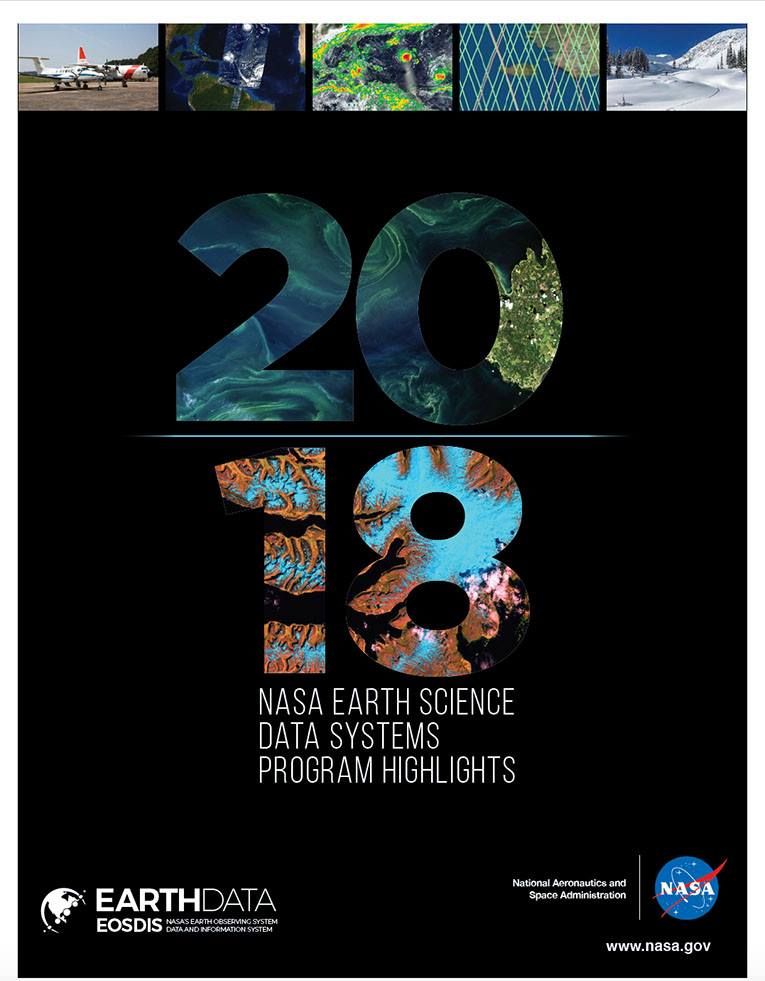
Now you can discover Daymet Daily Surface Weather Data, which includes precipitation, temperature, and other weather variables from 1980–2018 through the NASA Application for Extracting and Exploring Analysis Ready Samples (AρρEEARS) application!
About AppEEARS: AρρEEARS offers users a simple and efficient way to perform data access and transformation processes. By enabling users to subset data spatially, temporally, and by layer, the volume of data downloaded for analysis is greatly reduced. Sample requests submitted to AρρEEARS provide users with data values and associated quality data for a variety of remote sensing data products. Two types of sample requests are available: point samples of geographic coordinates or area samples of vector polygons. Interactive visualizations with summary statistics of the sample results are provided within the application to allow the user to preview and interact with their sample before downloading the data.
Explore NASA’s AppEEARS: https://lpdaac.usgs.gov/tools/appeears/
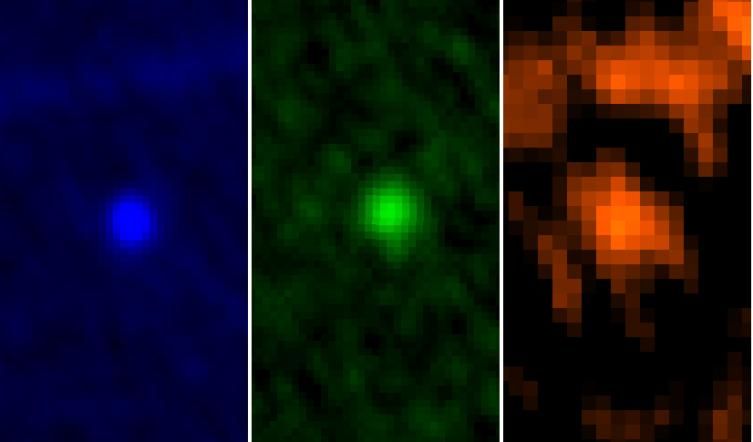
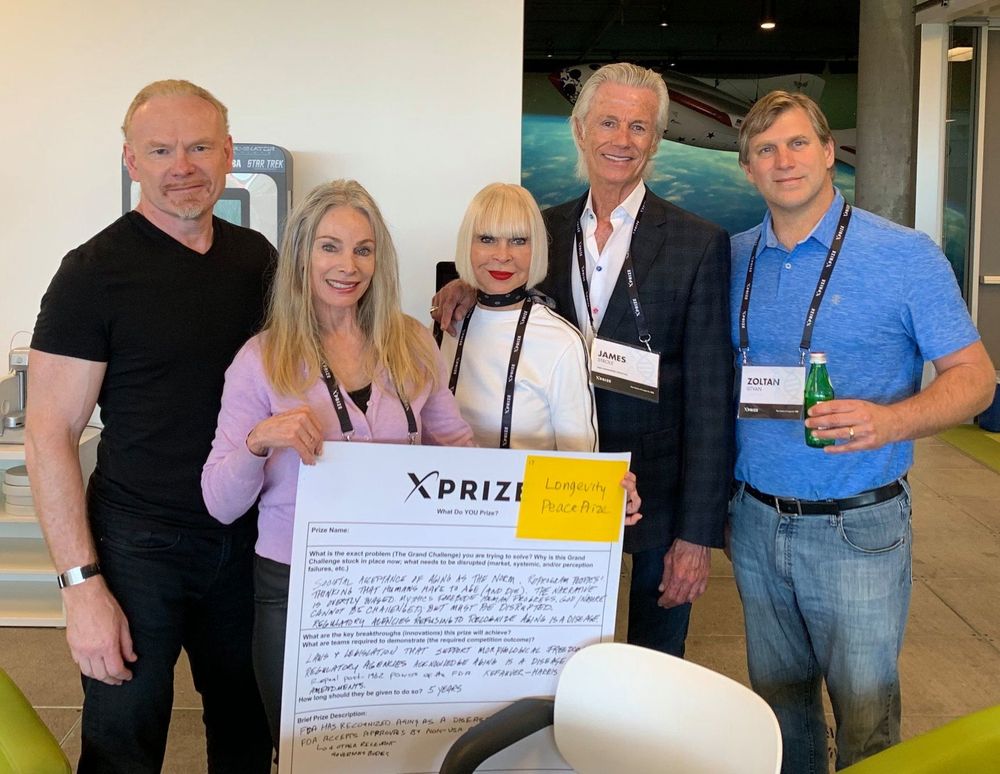
We submitted the Longevity Peace Prize, worth $5 million dollars to be awarded to any longevity activist(s) in the next 5 years who can get a major world government or the UN to declare “aging a disease” as a policy and to help reverse regulatory hurdles on life extension research. Hopefully, this early version of a prize may one day become reality. https://xprize.org/
April is gone, and before we move on to May, let’s take a look back at the highlights of last month in the rejuvenation world.
LEAF News
Team and activities
UA2019 wrap-up: The second Undoing Aging conference, concluded over a month ago, was a great experience for the LEAF team, as it offered us the opportunity to talk face-to-face with the actual scientists who, step by step, are bringing about the defeat of aging; to meet with the members of a very friendly and welcoming community; and to learn a lot about this growing field. We shared our thoughts on UA2019 in a few different articles (here, here, and here), and we’ve also taken a lot of pictures for you to enjoy!
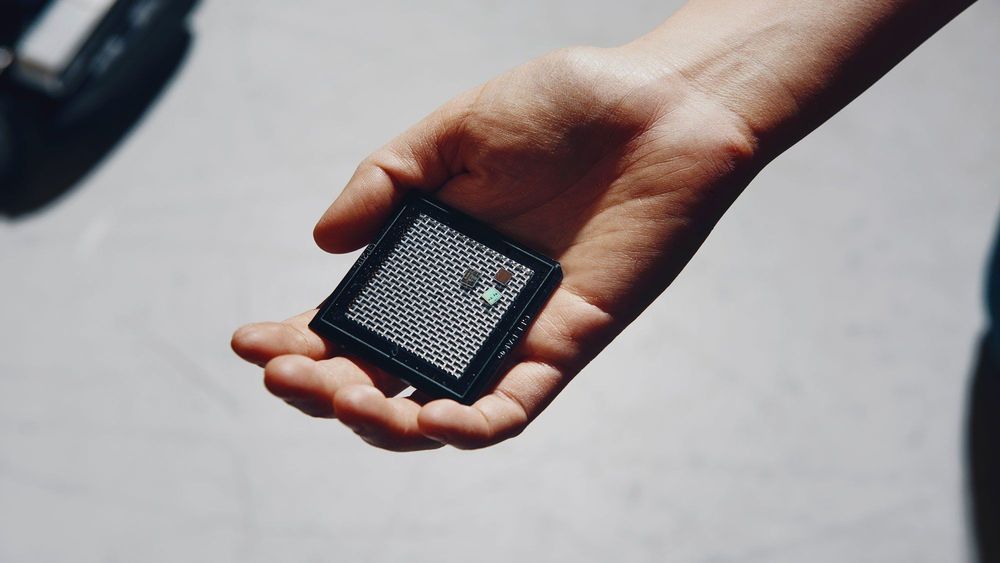
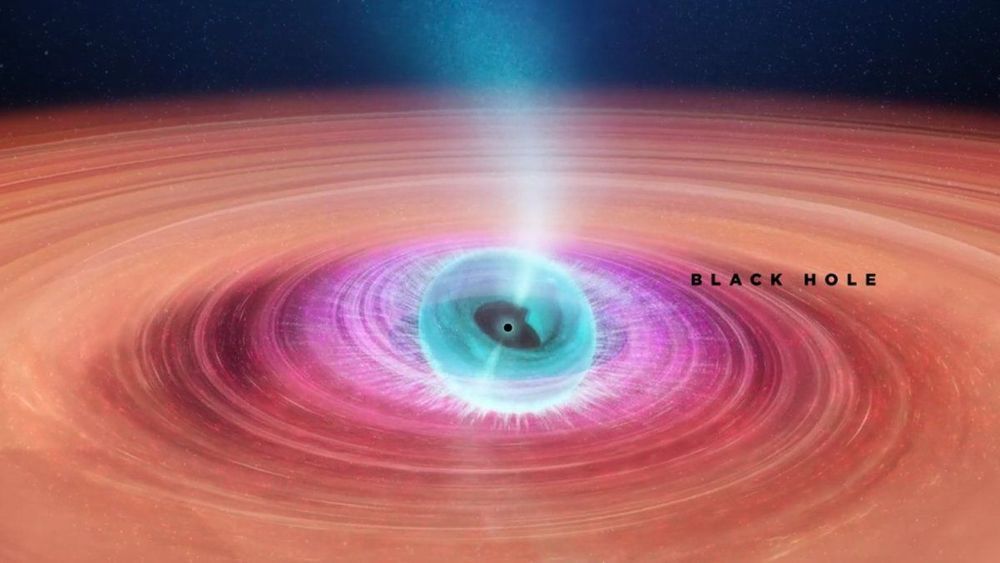
Nearly 8,000 light-years away from Earth, astronomers have discovered a black hole that keeps rapidly swinging out jets of plasma clouds into space, according to a new study.
The black hole, known as V404 Cygni, doesn’t behave like others. The jets shoot out possibly within minutes of each other and in all different directions. And while the researchers admit that black holes are some of the most extreme objects in the universe, this one is different.
“This is one of the most extraordinary black hole systems I’ve ever come across,” study author James Miller-Jones said in a statement. Miller-Jones is also an associate professor at Curtin University’s International Centre for Radio Astronomy Research.
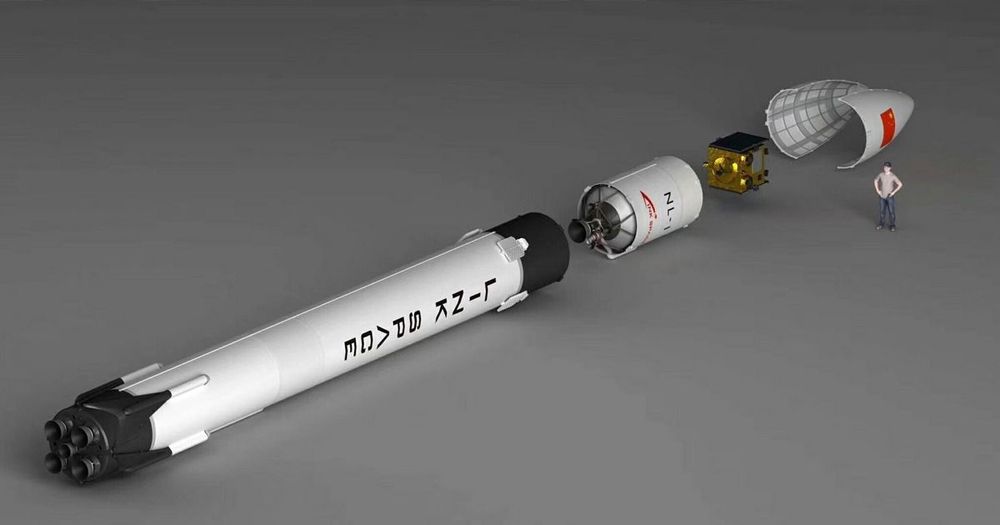
Commercial space companies are cropping up left and right in China.
Two Chinese launch startups have successfully tested and demonstrated rockets that set the groundwork for future reusable launch vehicle technology, SpaceNews reports.
China decided to open up the launch of small satellites to private companies in 2014 and at least 15 SpaceX-like startups, according to Reuters, have emerged as a result.
Orbit and Beyond
Space Transportation, a Chinese startup that was founded last year, launched an 8,100 pound hypersonic aircraft it developed with Xiamen University during an April 22 test flight. The craft reached an altitude of 16 miles and was later recovered after landing in a predetermined spot.
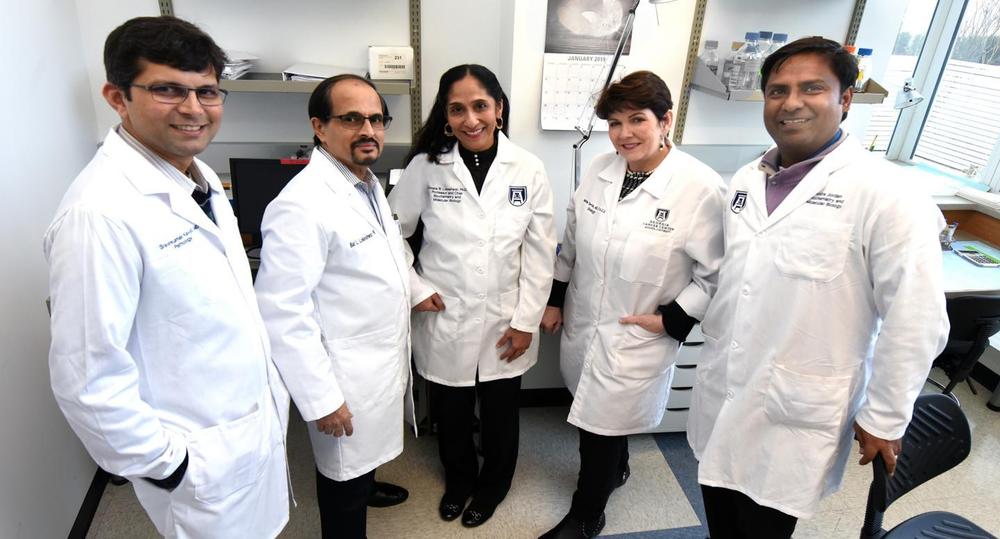
A new way to store information in molecules could preserve the contents of the New York Public Library in a teaspoon of protein, without energy, for millions of years.
Books can burn. Computers get hacked. DVDs degrade. Technologies to store information–ink on paper, computers, CDs and DVDs, and even DNA–continue to improve. And yet, threats as simple as water and as complex as cyber-attacks can still corrupt our records.
As the data boom continues to boom, more and more information gets filed in less and less space. Even the cloud–whose name promises opaque, endless space–will eventually run out of space, can’t thwart all hackers, and gobbles up energy. Now, a new way to store information could stably house data for millions of years, lives outside the hackable internet, and, once written, uses no energy. All you need is a chemist, some cheap molecules, and your precious information.